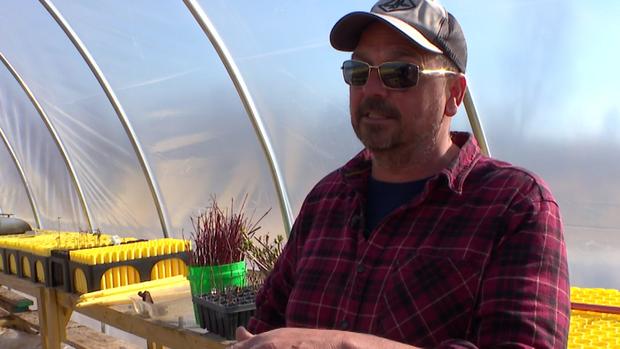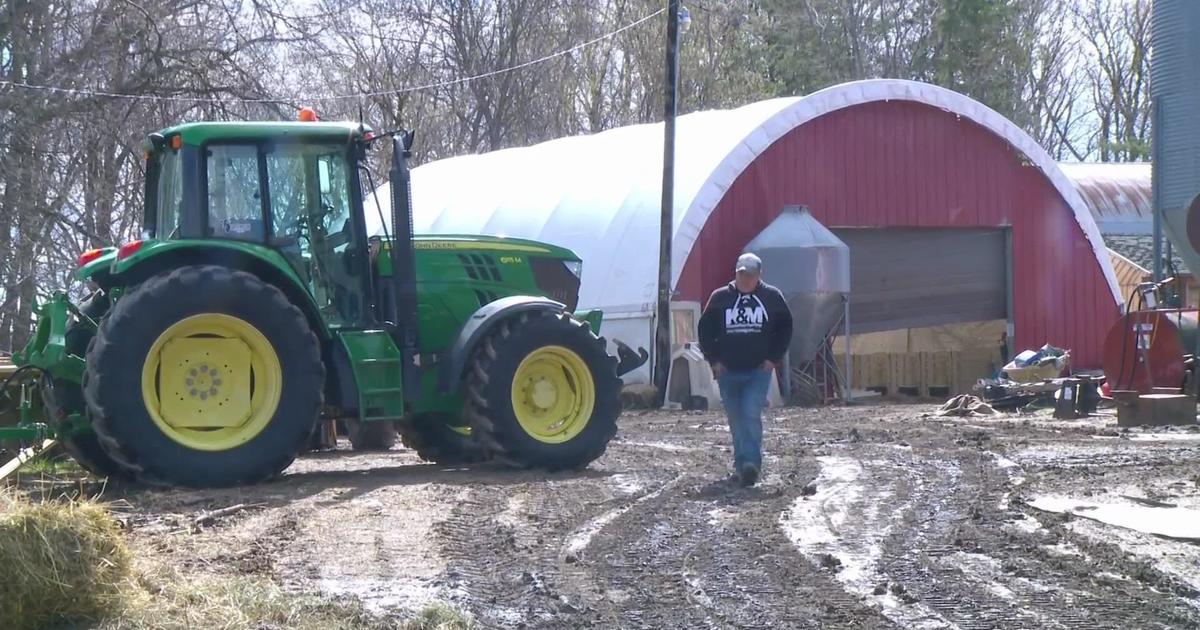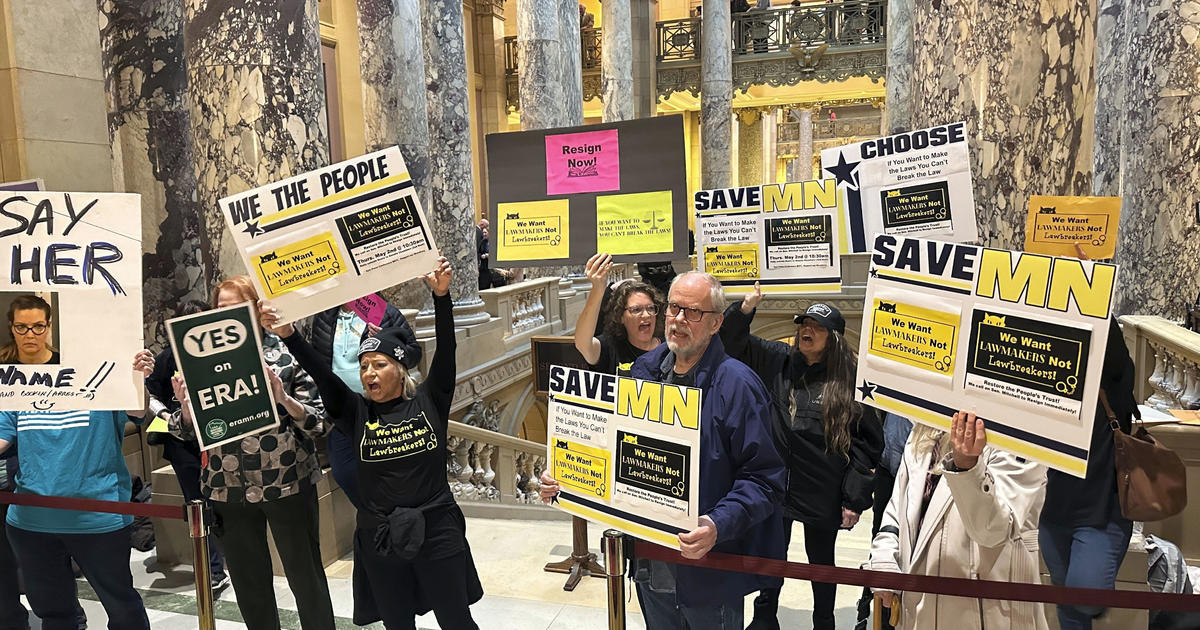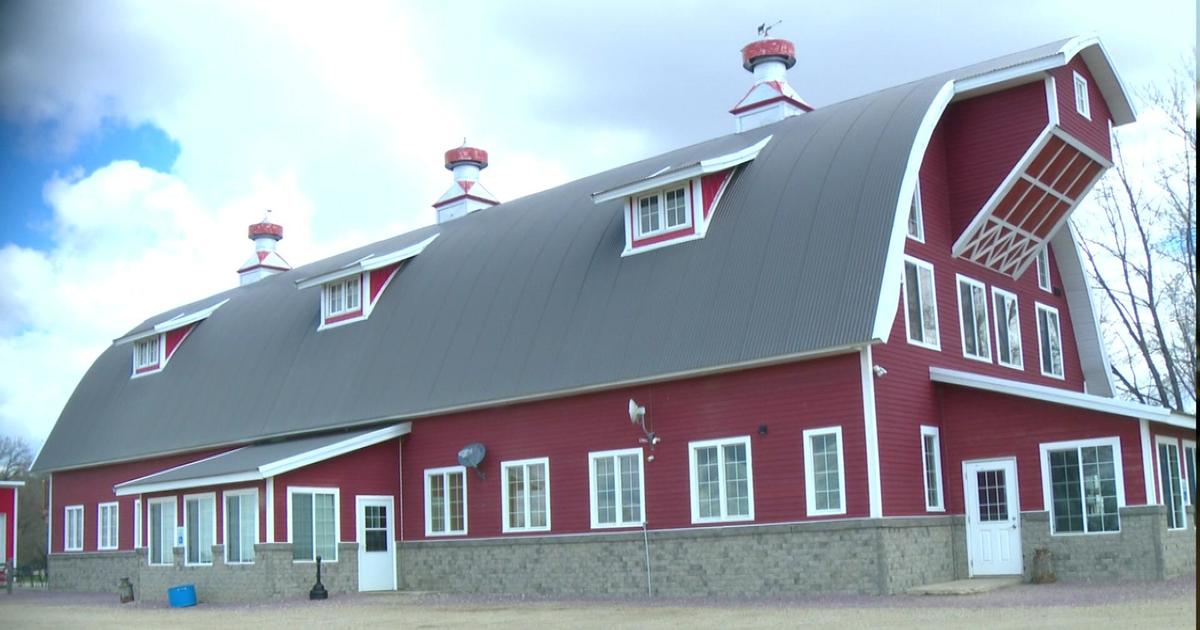How Minnesota is rebuilding its forests to counter climate change
AKELEY, Minn. — Minnesota is known and loved, in part, for its majestic deep, dark forests.
Our trees are important for water quality and erosion control, carbon sequestration, products for society and wildlife habitat.
But our Northwoods are in trouble, according to local scientists, and are at risk of becoming grasslands in as little as 50 years because trees can't adapt as quickly as our weather is warming.
Hope is in the seedlings
It's spring, and that means the Badoura State Forest Nursery in Akeley is humming, with seedlings boxed by the hundreds.
"My daughter thinks I'm crazy because I tell her like, 'I lift a million trees in a day,'" said worker Denita Vandeneykel. "And she's like, 'No you don't,' and I'm like, 'Yes I do (laughs)!'"
RELATED: As climate change threatens traditional farming, Faribault farm's aeroponic method may prove key
The seedlings are stored in a cooler by the thousands, destined for public and private lands to build new forests or replace old ones after fires, blowdowns or disease.
"I want to do something that benefits everybody," said worker Tom Bisek.
"It feels good," Vandeneykel said.
The decline of Minnesota's tree nurseries
But this operation is a fraction of what it once was in Minnesota, according to Doug Tilma, forestry manager with the Minnesota Department of Natural Resources.
"If you go far enough back in history, yes, we had more tree nurseries," Tilma said. "I think in the early 60s the state produced about 40 million seedlings per year, that was towards the peak. So you can see that, you know, there's been ebbs and flows in the amount of seedling production in our history."
And if that's true, we seem to be in a bit of a lull. This year, the state will produce roughly 2.5 million seedlings from its nursery, a steep drop from what it once was.
Tilma says it's about both demand and budget. He says the state wants to ramp up to 10 million seedlings a year, but it'll depend on private orders.
"About half the forests in the state are on private lands, so we will increase to meet the private lands' demand," Tilma said.
The growers of Minnesota's future forests
The legislature allocated $10 million to upgrade the Akeley facility in anticipation of a wave of business. It's a wave farmer Stefan Meyer also hopes will come.
"I see future possibilities. Well, that and also a task list," Meyer said.
On a patch of old hunting land, Meyer is getting in on the tree-growing business.
"I don't think any Minnesotan wants to see northern Minnesota turn into prairie," Meyer said.
He'll sell most of his trees to the Nature Conservancy, a nonprofit dedicated to planting forests of the future. Jim Manolis specializes in forest strategy for the conservancy.
"With all this attention and interest in reforestation and making the forest healthier, we're seeing the need to really increase our seedling production, probably seven-fold over current levels," Manolis said.
RELATED: It's official — Minnesota just wrapped the warmest meteorological winter on record
Tilma agrees with Manolis' assessment.
"That's correct, in order to have a large impact on climate mitigation," Tilma said. "Tree planting, seed and seedling supply is a barrier to that right now."
But to make that happen, we need more people like Meyer.
"This is my first time ever diving into trees and it's definitely a learning curve," Meyer said. "When you think about working with trees, literally you have to think in terms of decades. We need to be on top of doing what we can to help nature adapt."
Tilma says the rate of climate change's impact on our forests still needs to be studied.
"I think what's really important though is to anticipate changes in the climate and to make our forests more adapted to those changes," Tilma said.







